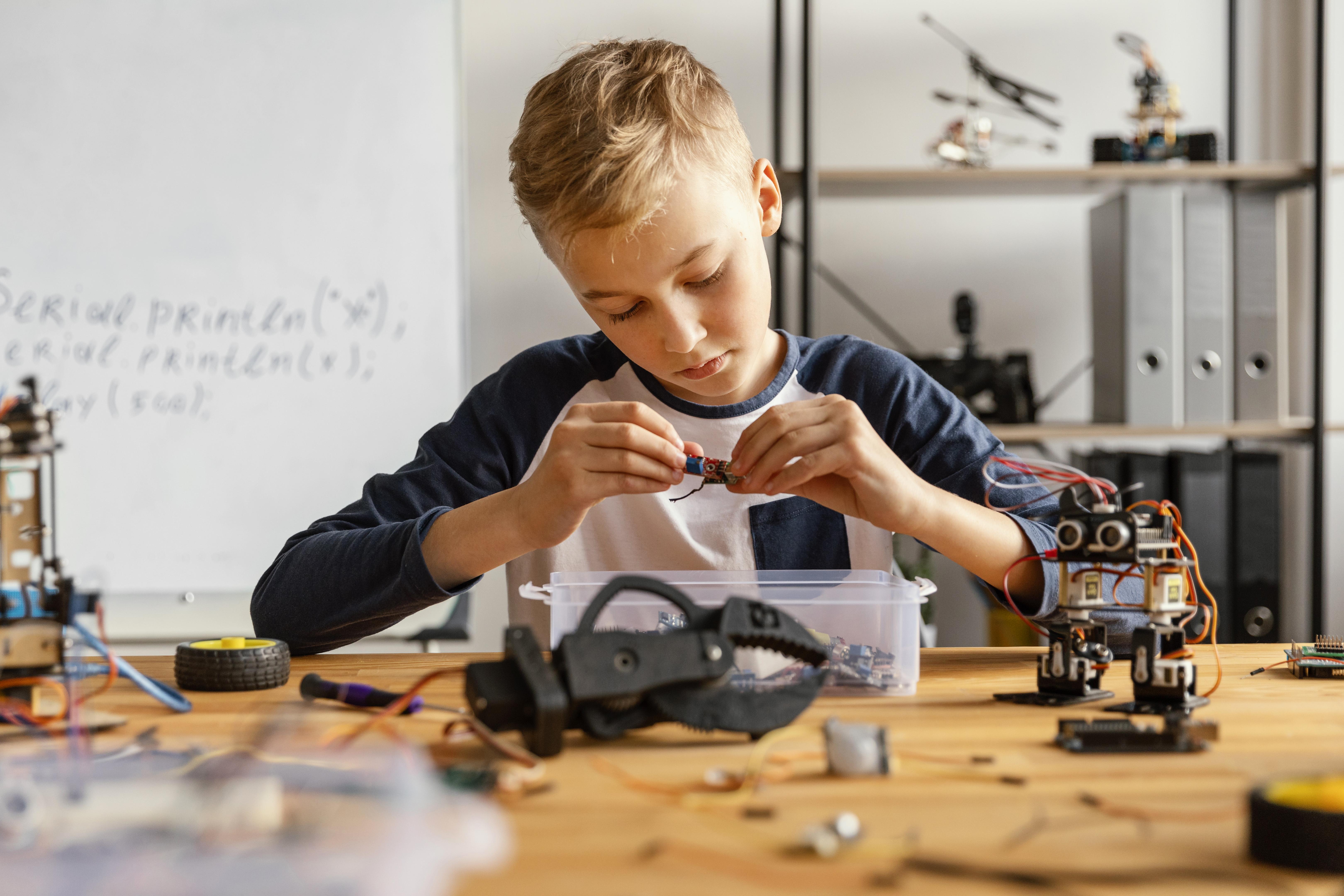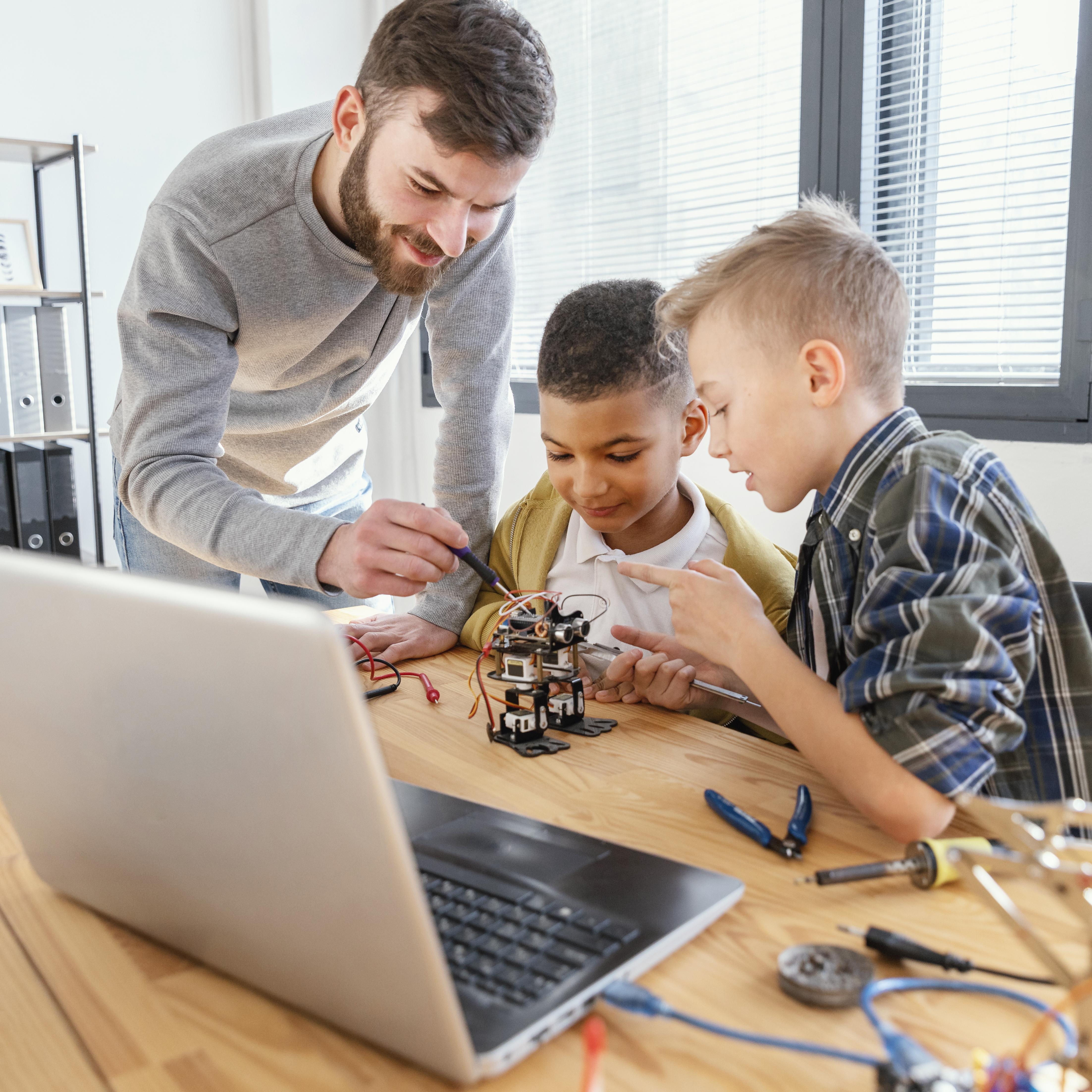Why Mistakes Can Be the Best Part of Learning
2025-08-12
Why Mistakes Can Be the Best Part of Learning

In most classrooms, failure feels like something to dodge, a red “X” on homework, a low quiz score, that sinking feeling of I messed up.
Out in the real world, especially in STEM, those same slip-ups aren’t dead ends at all. They’re often the start of something better, the raw material of learning.
At Clubhouse Engineers, we don’t treat mistakes like dead ends; they’re more like detours. If a student’s code blows up or their robot starts acting like it has a mind of its own, that’s when the real learning happens. We roll up our sleeves, dig into what happened, and tinker until things work.
The Problem with “Perfect First Try” Learning
One path avoids mistakes entirely; the other learns and improves through iteration.
When students are pressured to succeed on the first try, they tend to play it safe.
No risks. No experiments. No big leaps.
Sure, that might get them through a test, but it won’t help when they’re trying to build something original or deal with surprises along the way. In the real world, tweaking and trying again almost always beats getting it perfect the first time.
How We Teach “Failing Forward”

At Clubhouse Engineers, we create an environment where failure is safe and expected. Here’s how we make it work:
1. Encouraging Risk-Taking
We give students the freedom to try out bold ideas, even the ones that might flop, because that’s often where the best discoveries start.
2. Debugging as a Skill
We guide students through finding and fixing their own mistakes.
3. Iteration Cycles
Projects go through multiple versions, each one better than the last.
4. Reflection and Improvement
Students learn to see mistakes as information, not as defeat.
What “Failing Forward” Looks Like in Action
A typical student project might start with an idea that doesn’t fully work. That’s a win, because each test reveals exactly what to fix.
We call this process failing forward:
- Try something bold
- Observe the result
- Make it better
- Repeat until awesome
Why Parents Should Welcome Safe Failure
When kids experience safe failure, they:
- Build resilience that will serve them for life
- Learn to solve problems independently
- Develop creative thinking skills
- Become more confident in taking on challenges
These aren’t just STEM skills, they’re essential life skills.
Clubhouse Engineers: Learning Without Fear
We’re a STEM enrichment center serving students aged 6–17 in the Greater Toronto Area. Our programs are designed to make mistakes part of the journey, turning them into stepping stones toward mastery.

